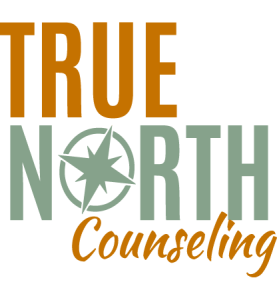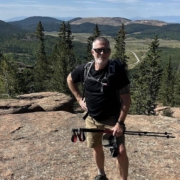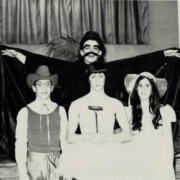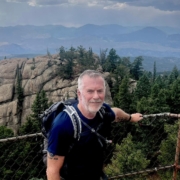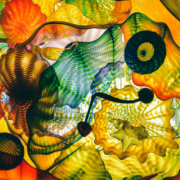Your Brain on Alcohol | Healthy Aging Series: S10 E14
I have read “Lonesome Dove,” by Larry McMurtry, at least five times. In the opening scene, Gus McCray saunters out to the well house to fetch his jug of Tennessee Whiskey. It’s been a long hot day in south Texas. The sun is setting, and he sits on the porch, takes a couple of long…
